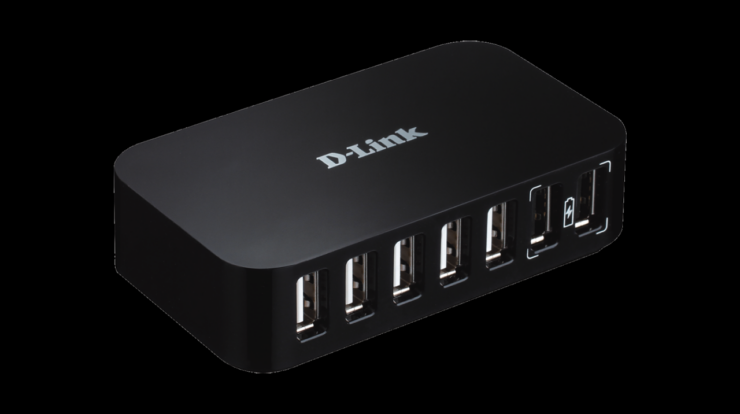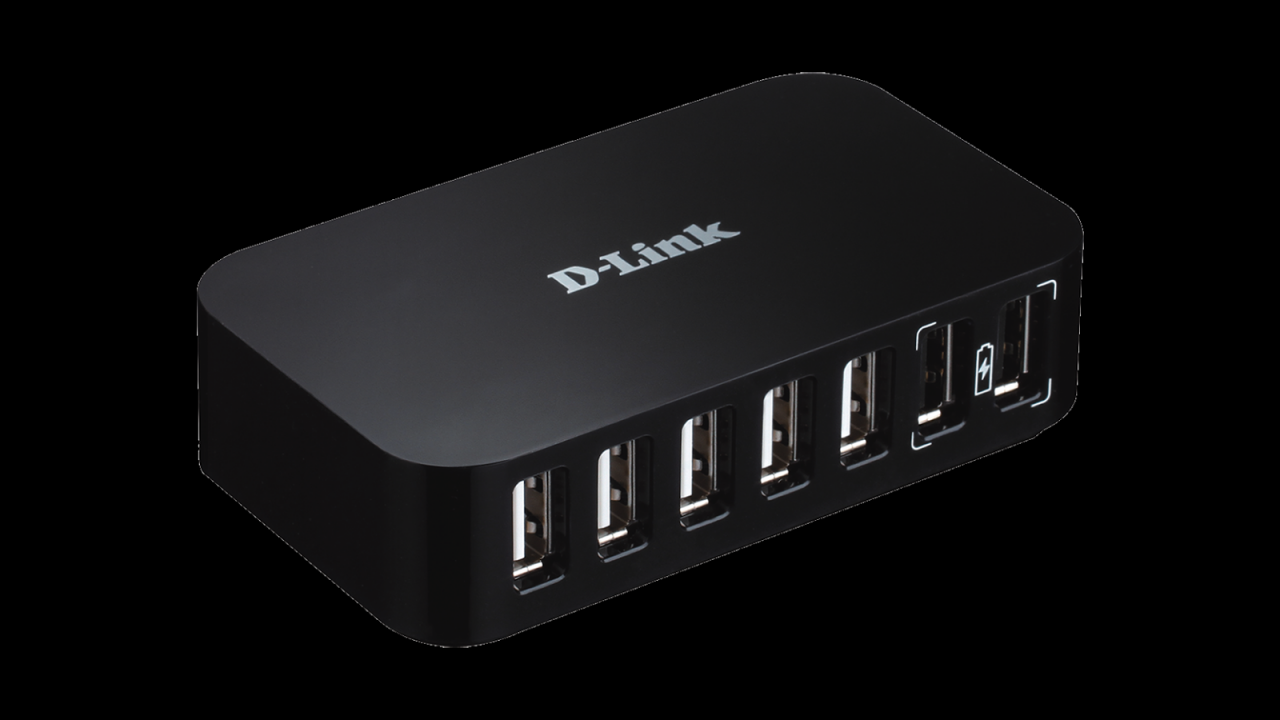
Hub definition – At the heart of any system or network lies the concept of a hub, a central point that connects and facilitates the flow of information, resources, or activities. From physical transportation hubs to digital marketplaces and knowledge centers, hubs play a crucial role in enhancing efficiency, fostering collaboration, and driving innovation.
Delving into the etymology of the term, “hub” originates from the Middle English word “hob,” meaning a projecting piece of wood or metal, often used as a central support. Over time, the term evolved to encompass the broader notion of a central connecting point or gathering place.
Define the concept of a hub
A hub is a central point or location that serves as a focal point for connectivity, aggregation, and dissemination of information, resources, or activities. It acts as a meeting point or convergence zone where various entities come together to interact, exchange ideas, and facilitate collaboration.
The concept of a hub is widely applicable across different domains and contexts.
Types of hubs
There are various types of hubs, each serving a specific purpose and operating within a particular domain:
Physical hubs
Physical hubs are tangible locations that serve as centers for transportation, distribution, or activity. Examples include transportation hubs like airports, train stations, and seaports; distribution centers for logistics and supply chain management; and physical marketplaces for buying and selling goods.
Digital hubs
Digital hubs are virtual spaces that facilitate online interaction, information sharing, and collaboration. Examples include social media platforms, online marketplaces, and educational portals. These hubs enable users to connect, share content, and engage in virtual communities.
Conceptual hubs
Conceptual hubs are abstract entities that represent centers of knowledge, innovation, or expertise. Examples include knowledge hubs, innovation hubs, and research centers. These hubs bring together experts, researchers, and practitioners to foster knowledge creation, innovation, and interdisciplinary collaboration.
Functions and characteristics of hubs: Hub Definition

Hubs perform several key functions that contribute to their effectiveness and value:
Connectivity and facilitation
Hubs serve as central points of connection, enabling seamless interaction and exchange between different entities. They facilitate communication, collaboration, and the sharing of resources and ideas.
Aggregation and dissemination
Hubs act as repositories for information, resources, and expertise. They collect and aggregate content from various sources, making it accessible and discoverable to users. Hubs also play a crucial role in disseminating information, ensuring its wider reach and impact.
Coordination and collaboration, Hub definition
Hubs foster coordination and collaboration among participants. They provide a platform for stakeholders to align their efforts, share best practices, and work together towards common goals.
Benefits and challenges of hubs
Hubs offer numerous benefits that contribute to their significance:
Improved efficiency and productivity
Hubs streamline communication, coordination, and resource sharing, leading to increased efficiency and productivity. They reduce duplication of efforts and facilitate seamless collaboration, enabling organizations and individuals to achieve their goals more effectively.
Increased access to resources
Hubs provide a centralized platform where users can access a wide range of resources, expertise, and information. This increased access empowers users to make informed decisions, innovate, and expand their knowledge and skills.
Enhanced collaboration and innovation
Hubs foster collaboration and cross-fertilization of ideas, leading to enhanced innovation and creativity. They bring together diverse perspectives, expertise, and resources, creating an environment conducive to problem-solving and breakthrough thinking.
Examples of hubs

Hubs exist across various industries and sectors, serving diverse purposes and functions:
Transportation hubs
Transportation hubs, such as airports, train stations, and seaports, are central points for the movement of people and goods. They connect different regions, facilitate travel, and support global trade and commerce.
Healthcare hubs
Healthcare hubs, such as hospitals, medical centers, and research institutions, are centers for healthcare delivery, medical education, and biomedical research. They provide comprehensive healthcare services, train medical professionals, and drive advancements in medical knowledge and technology.
Education hubs
Education hubs, such as universities, libraries, and online learning platforms, are centers for knowledge creation, dissemination, and acquisition. They provide access to educational resources, facilitate research and scholarship, and prepare individuals for personal and professional growth.
Technology hubs
Technology hubs, such as Silicon Valley in the United States and Bangalore in India, are centers of innovation, entrepreneurship, and technological advancement. They attract tech companies, startups, and investors, fostering collaboration, knowledge sharing, and the development of cutting-edge technologies.
Outcome Summary
As we navigate the complexities of modern society and the rapidly evolving digital landscape, hubs will continue to be essential for fostering connectivity, collaboration, and innovation. By understanding the multifaceted nature of hubs, we can harness their potential to address challenges, drive progress, and shape a more interconnected and prosperous future.
Expert Answers
What is the primary function of a hub?
Hubs serve as central connecting points, facilitating the exchange of information, resources, or activities between different nodes or entities within a system or network.
What are the key characteristics of an effective hub?
Effective hubs are typically centralized, accessible, and offer a variety of high-quality resources or services.
What are some examples of hubs in the real world?
Hubs can be found in various industries and sectors, such as transportation hubs (e.g., airports), healthcare hubs (e.g., hospitals), education hubs (e.g., universities), and technology hubs (e.g., Silicon Valley).





